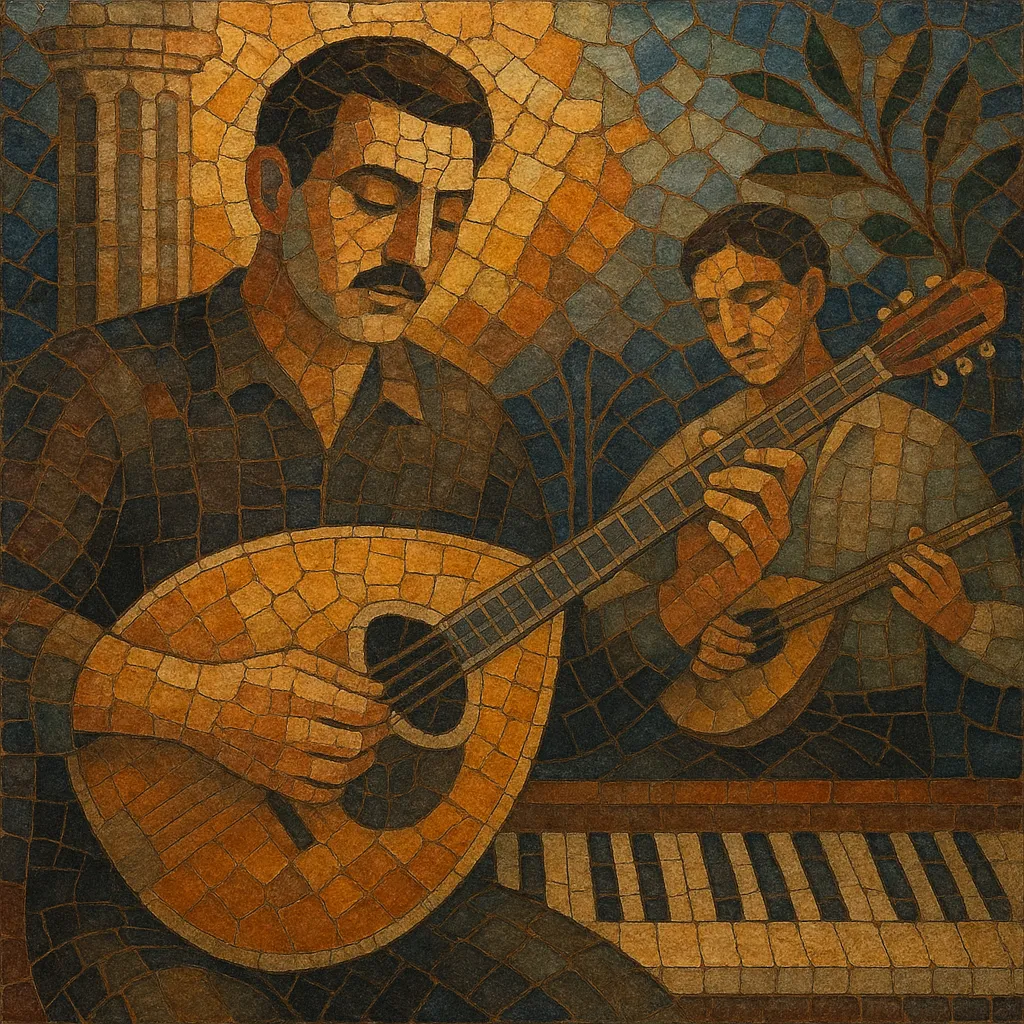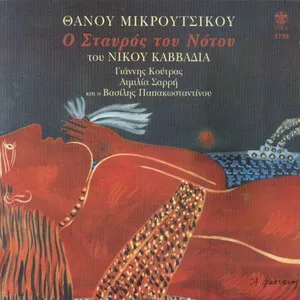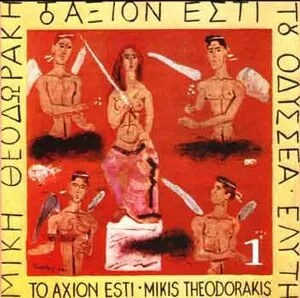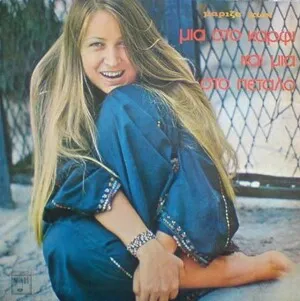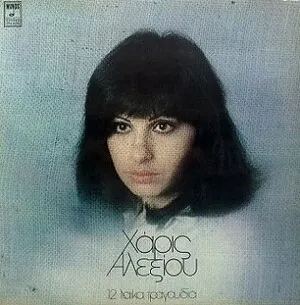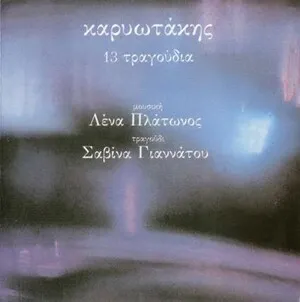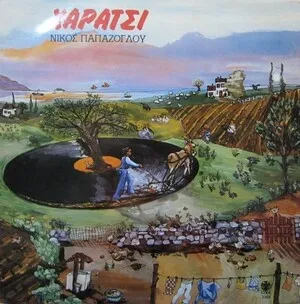Entechna laika (έντεχνο λαϊκό) is a Greek song style that blends the poetic, art-music ethos of Éntekhno with the timbres, rhythms, and vocal delivery of Laïko.
It features orchestral arrangements (strings, piano, woodwinds) alongside traditional Greek instruments such as bouzouki and baglamas, and sets literary or socially conscious lyrics to familiar urban dance rhythms like zeibekiko (9/8) and hasapiko (2/4/4/4). Harmonically, it fuses Western functional harmony with modal colors and maqam-derived scales (e.g., Hijaz/Phrygian dominant), yielding a sound that feels both refined and rooted in popular tradition.
The result is a polished, emotionally resonant repertoire that bridges concert-hall sensibilities with the immediacy of Greece’s urban folk song.
Éntekhno, shaped by composers like Manos Hadjidakis and Mikis Theodorakis, brought literary poetry, orchestral writing, and Western harmonic thinking into Greek song. As these aesthetics met the urban folk lineage (Rebetiko, Laïko), artists and arrangers began crafting a hybrid that retained Laïko’s rhythms and vocal manner while adopting Éntekhno’s orchestration and poetic ambition. This convergence laid the groundwork for Entechna laika.
Following Greece’s political transition in the mid-1970s, the appetite for reflective, socially aware song grew. Composers such as Thanos Mikroutsikos, Stavros Xarchakos, and Manos Loïzos, and vocalists like Haris Alexiou and George Dalaras, popularized an artful Laïko approach—string sections and piano supporting bouzouki-led melodies, verse-chorus forms with poetic texts, and dance rhythms (zeibekiko, hasapiko) adapted to concert-scale arrangements.
The style diversified with singer-songwriters and orchestrators incorporating elements of folk revival, jazz-tinged harmony, and chamber textures. Major voices (e.g., Eleftheria Arvanitaki, Alkistis Protopsalti, Glykeria) helped normalize the entechno–laïko palette on major stages and recordings, shaping mainstream tastes while maintaining artistic depth.
Entechna laika remains a cornerstone of contemporary Greek songcraft, influencing how mainstream and "quality" repertoire are produced: literary lyrics, carefully scored arrangements, and traditional dance rhythms rendered with modern orchestral polish.

